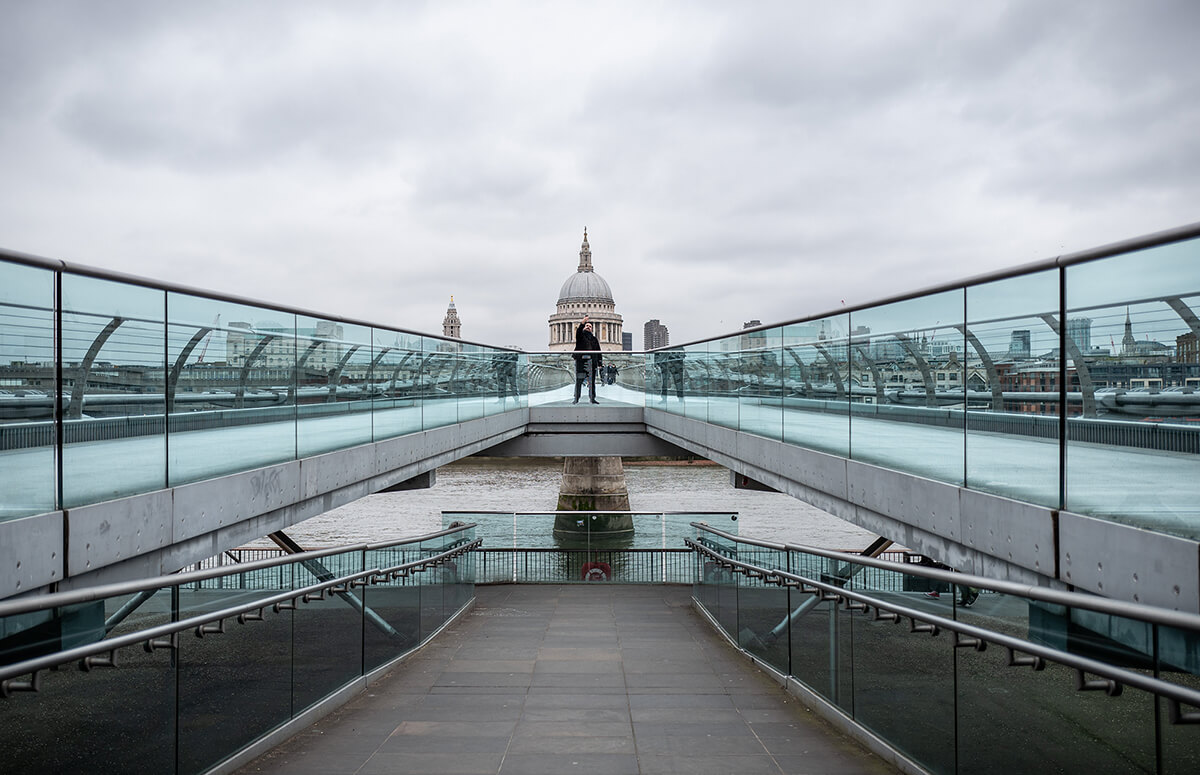INSIGHT
The World in a Frame
BY HELEN HEALY
RUNNING A PICTURE DESK WITH HELEN HEALY, HEAD OF PICTURES AT THE FINANCIAL TIMES.
Helen Healy is Head of Pictures at The Financial Times (FT) and the judge of our August 2023 Open Call competition. Here, she reveals what it’s really like running the picture desk at the Financial Times, which in 2023 won Newspaper Awards Newspaper of the Year, and why “In a fast-moving visual world, the photograph that stops the reader for a moment is king…”
BANNER IMAGE: LONDON LOCKDOWN © CHARLIE BIBBY / FT
In the past the Financial Times was known for being text heavy, with graphics and photos of businessmen in suits. These days we are much more visually sophisticated. Our operation has expanded over the years with the addition of our weekend supplements which offer content beyond the traditional FT remit of finance and geopolitics.
I ensure that our web articles feature the best photos particularly on the FT homepage. Throughout the day, my team and I illustrate the features running in the newspaper. We go through all the photos that come in from the news agencies on the wire service and select the strongest. We also source imagery from picture libraries and commission photographers around the world, often at short notice. I also present a selection of the day’s photos to editors and we decide on one that works best for the front page of the print edition.
I love going through the photos that come in from the news agencies such as Reuters, AFP and Getty Images. When a big story breaks it’s exciting to look at all the imagery and choose those that both speak to the FT brand and exemplify the important stories of the day.
Picture editors see many disturbing images. Covering conflicts, such as Ukraine, can be challenging. How do we present the horror of war? We debate the ethics of these photos with senior editors. We also must check the authenticity of images of war we see on social media.
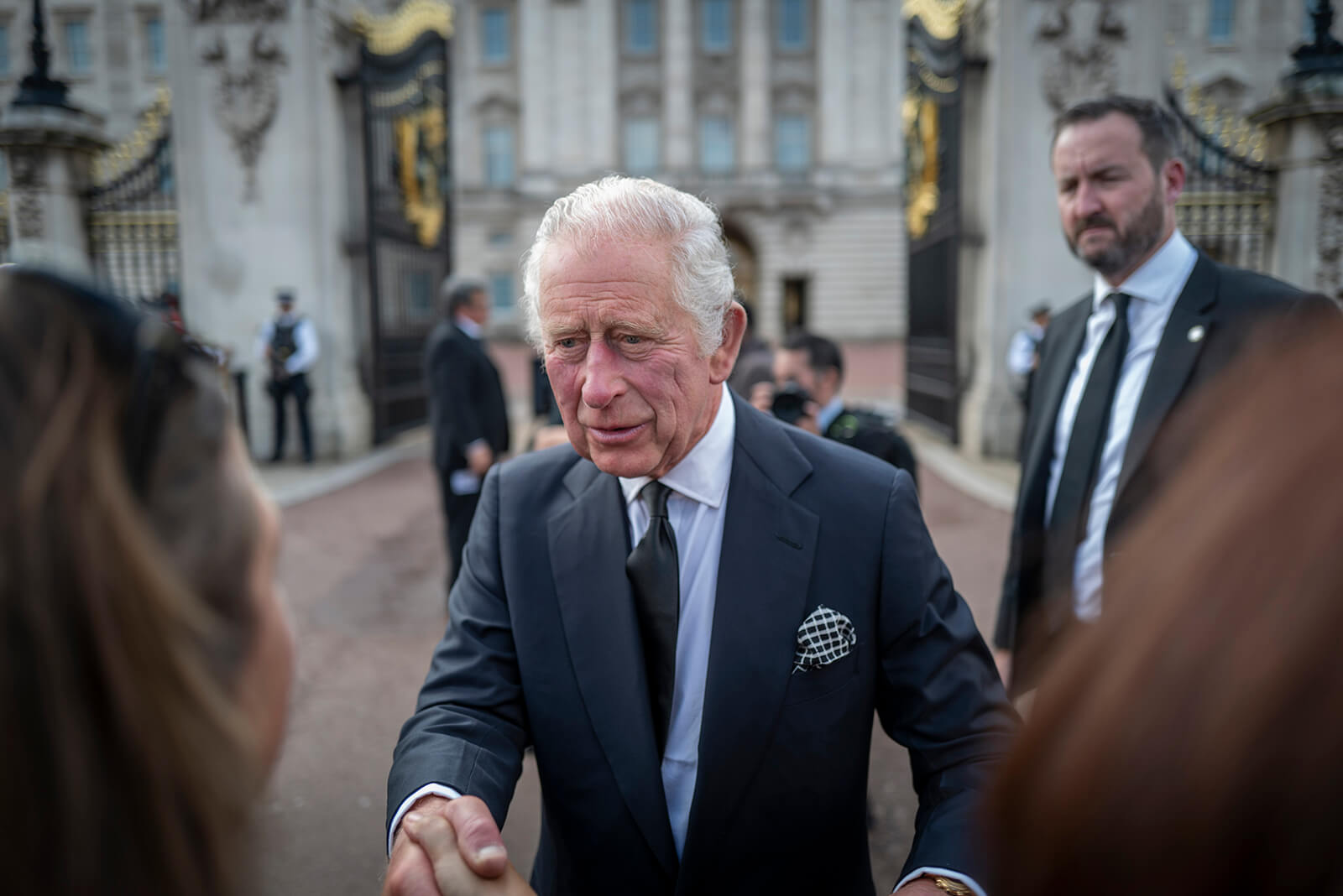
KING CHARLES © CHARLIE BIBBY / FT
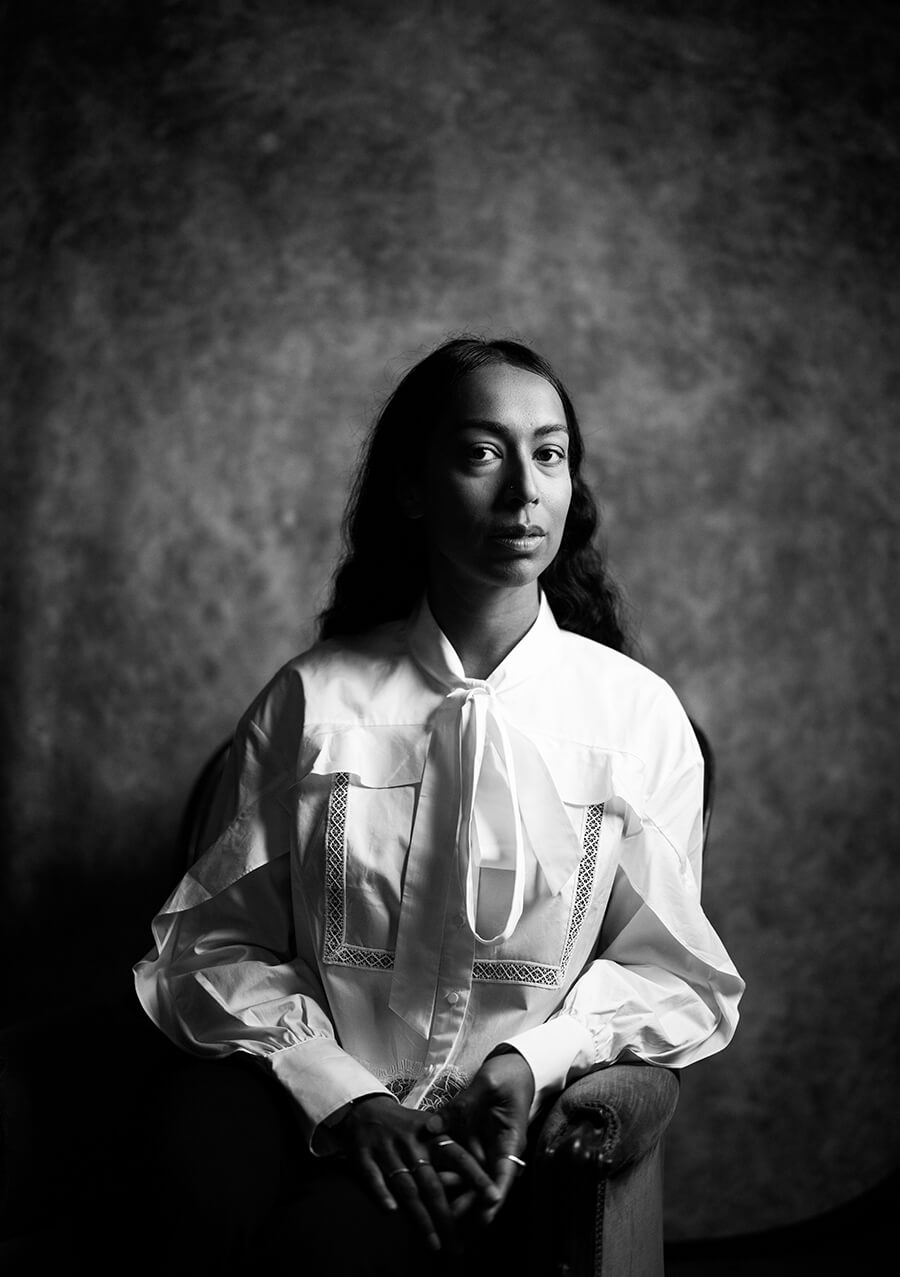
AMIA SRINIVASAN © CHARLIE BIBBY / FT
For a while, I thought I might become a photographer myself. My father was an enthusiastic amateur photographer, and he gave me a Nikkormat camera when I was about 16. I did Communications Studies at college which included modules in photography. I have always been interested in visual communication and if anything, the whole issue of communicating with imagery is growing and moving in a really interesting direction.
When I was young, I was aware of the arresting news photos coming from the Vietnam war and Northern Ireland. I was shocked and captivated. When I visited New York in the late 1980s, I came across a great photography bookshop in midtown and found a wonderful publication on William Klein. I loved the retrospective of his work at Tate Modern in 2012.
My ‘break’ came when I was freelancing at the London Bureau of the New York Times. I started to do some picture research for them. I subsequently got a job on a women’s monthly magazine called Options and after three years moved into newspapers and worked at The Independent, which at the time had a well-deserved reputation for brilliant photojournalism. From there, I moved to The Times, then The Guardian and now The FT.
A stand-out image portrays what Henri Cartier-Bresson called “the decisive moment”. All the elements of a photo come together in a meaningful way. With news photojournalism you’re always looking for the perfect photo that sums up a story dynamically. Obviously, composition, the rule of thirds and photos that reference great art have a part to play. In a fast-moving visual world, the photograph that stops the reader for a moment is king.
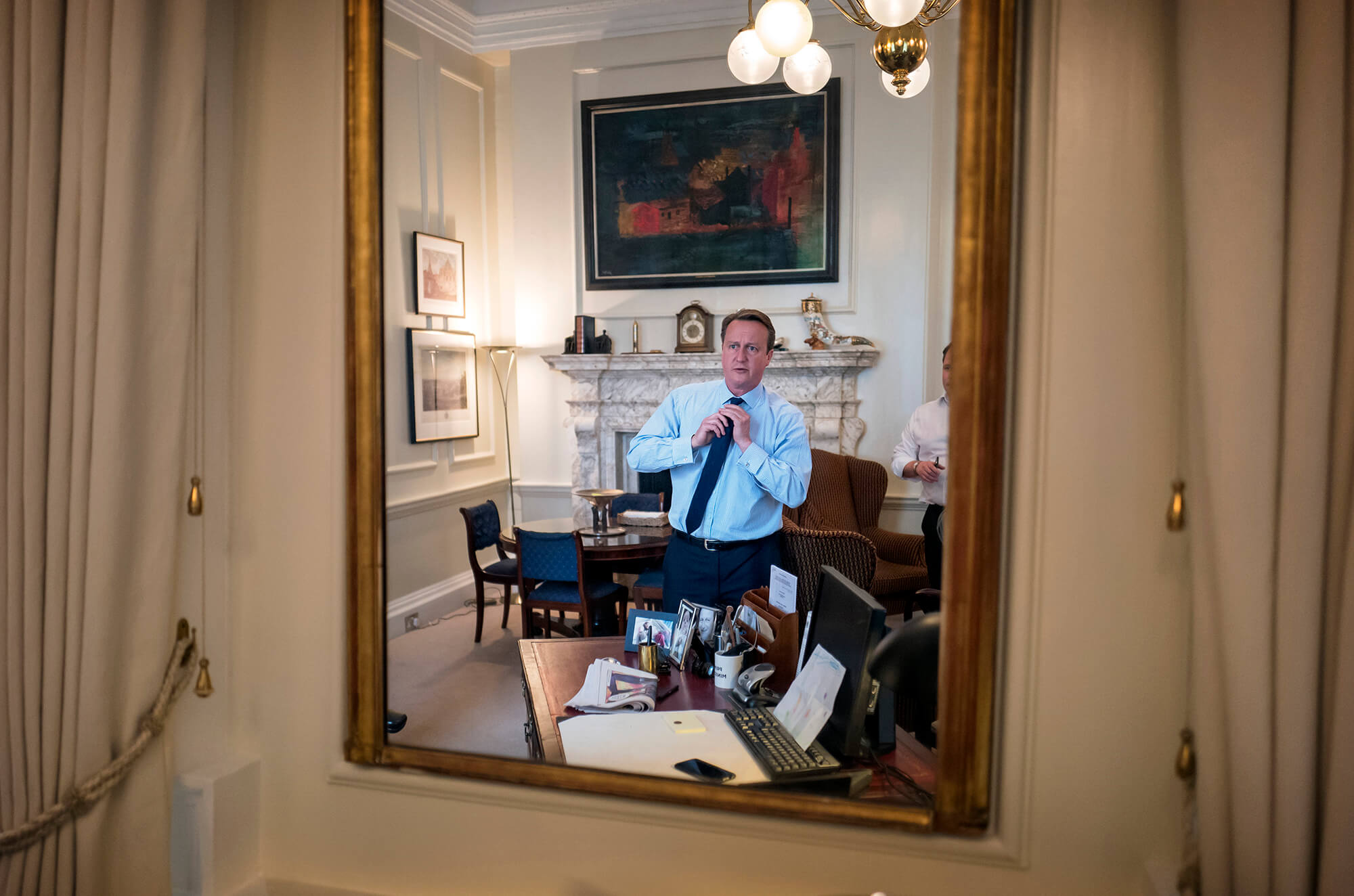
DAVID CAMERON © CHARLIE BIBBY / FT
With portraiture, I’m looking for the unexpected. I loved the work of the late Jane Bowen who worked for The Observer. She seemed able to capture her subjects in a unique way and had a sense of the definitive in terms of her portraiture.
I’m interested in the return of film. There are subtleties of light with photos shot on film that cannot quite be matched with digital photography. Richard Mosse’s use of infrared film and a thermographic camera is innovative. I am excited to see more work by photographers from Africa and the Global South. AI is going to be huge. I don’t think we know quite how much yet, but it has the potential to be disruptive and will lead us into tricky territory.
There are trends that are starting to feel tired. That Martin Parr school of photography documenting working class life and taste makes me feel uncomfortable. I am also bored of those photos that art galleries adore of mundane rooms and exteriors. Certain magazines love to reproduce these kinds of images on double page spreads. In my view, these works, clearly influenced by the work of Bernd and Hilla Becher, have had their day.
You need talent, determination, and a sense of enquiry to make it as a photographer. You need to know your niche and how to pitch. It is hard to grab the attention of picture editors who receive tens of emails every week from photographers looking for work.
Ensure your photos are not only consistently good but better than your peers. Follow the brief and make sure you caption your photos properly. Don’t take rejection personally.
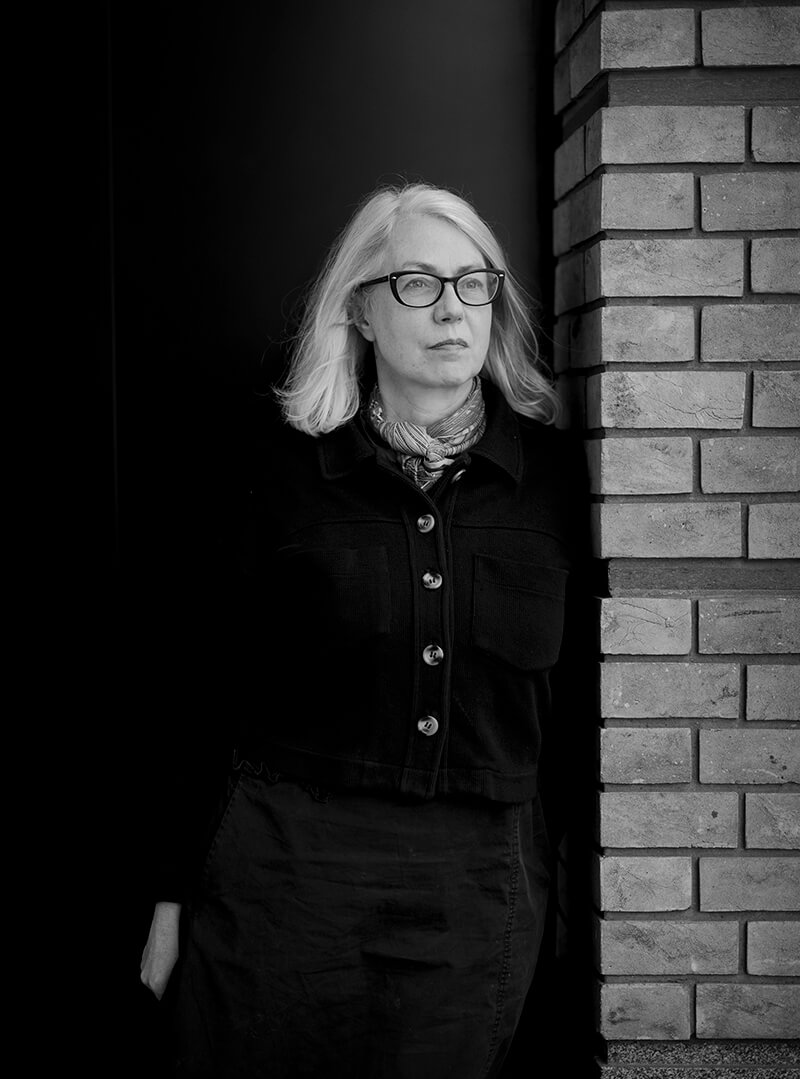
HELEN HEALY. IMAGE © CHARLIE BIBBY / FT
Helen Healy was interviewed by Rachel Segal Hamilton – a culture writer specializing in photography, who has written for publications such as VICE, The Telegraph, Time Out, Sotheby’s Institute of Art, The Barbican/Guildhall, British Journal of Photography, Hoxton Mini Press, and The Royal Photographic Society Journal. Explore more of her writing at www.rachelsegalhamilton.com
